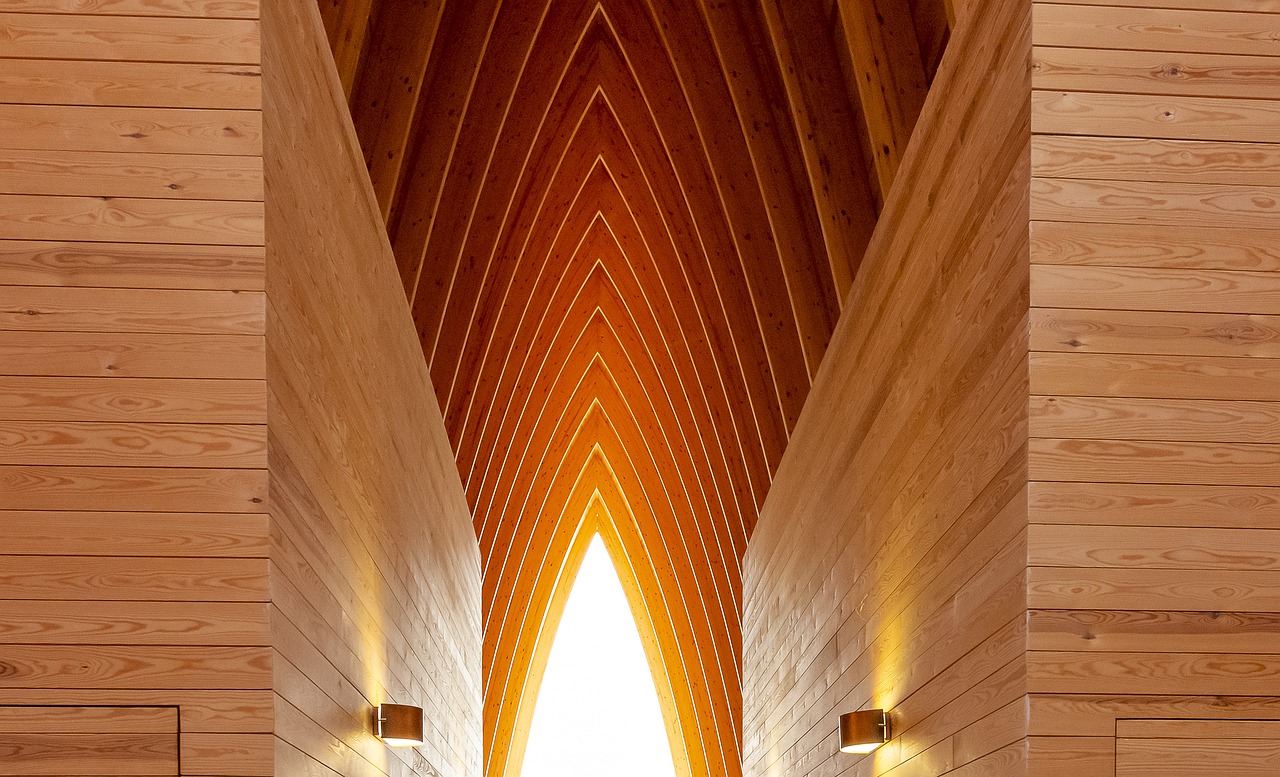Coastal Conservation Travel: Supporting Efforts to Protect Marine Ecosystems
Marine ecosystems play a vital role in sustaining life on Earth. These diverse systems support a wide variety of aquatic plants and animals, contributing to the overall biodiversity of our planet. From coral reefs to kelp forests, each marine ecosystem plays a unique function in maintaining the balance of the ocean environment.
The health of marine ecosystems is essential for numerous human activities, such as fishing, tourism, and even climate regulation. By fostering rich habitats for marine life, these ecosystems provide valuable resources for both local communities and global populations. Furthermore, they play a crucial role in absorbing carbon dioxide from the atmosphere, helping to mitigate the impacts of climate change.
Threats to Coastal Environments
Coastal environments are under increasing pressure due to human activities. Pollution from industries, agriculture, and urban areas is a major threat to these delicate ecosystems. The discharge of waste materials, including chemicals, plastics, and untreated sewage, contaminates the water and poses a significant risk to marine life and biodiversity.
In addition to pollution, coastal habitats face the threat of habitat destruction and alteration. Urbanization and infrastructure development often result in the destruction of mangroves, salt marshes, and coral reefs, which are vital for supporting a diverse array of marine species. Coastal erosion, exacerbated by factors such as sea-level rise and poor land management practices, further threatens the stability and health of these crucial ecosystems.
Why are marine ecosystems important?
Marine ecosystems are crucial for supporting biodiversity, regulating the climate, and providing resources such as food and medicine.
What are some of the threats to coastal environments?
Some of the threats to coastal environments include pollution, overfishing, habitat destruction, and climate change.
How does pollution impact coastal environments?
Pollution from sources such as plastic waste, oil spills, and chemicals can harm marine life, degrade habitats, and disrupt ecosystems.
What is overfishing and how does it affect coastal environments?
Overfishing occurs when fish are caught at a faster rate than they can reproduce, leading to declines in fish populations and disruptions in the marine food chain.
How does habitat destruction impact coastal environments?
Habitat destruction, such as the destruction of mangroves and coral reefs, can reduce biodiversity, disrupt ecosystems, and increase the vulnerability of coastal areas to erosion and flooding.
How is climate change a threat to coastal environments?
Climate change can lead to rising sea levels, more frequent and severe storms, ocean acidification, and changes in temperature and precipitation patterns, all of which can have negative impacts on coastal ecosystems.
What can be done to protect coastal environments from these threats?
Conservation efforts, sustainable fishing practices, reducing pollution, restoring habitats, and addressing climate change are all important steps in protecting coastal environments for future generations.





